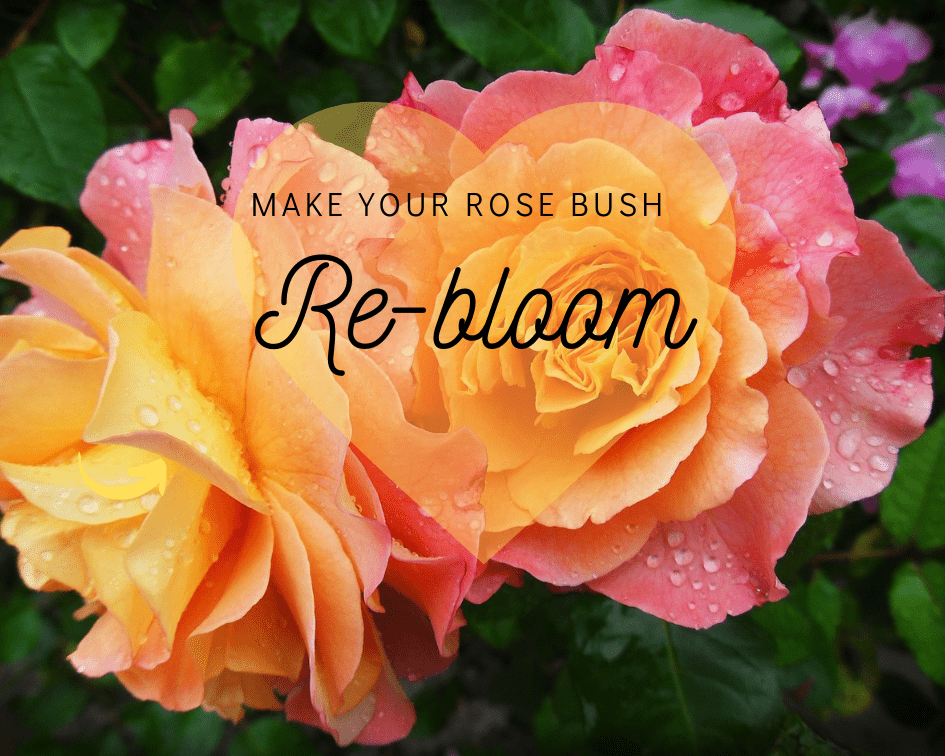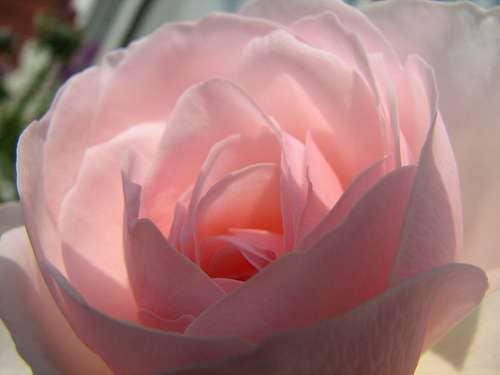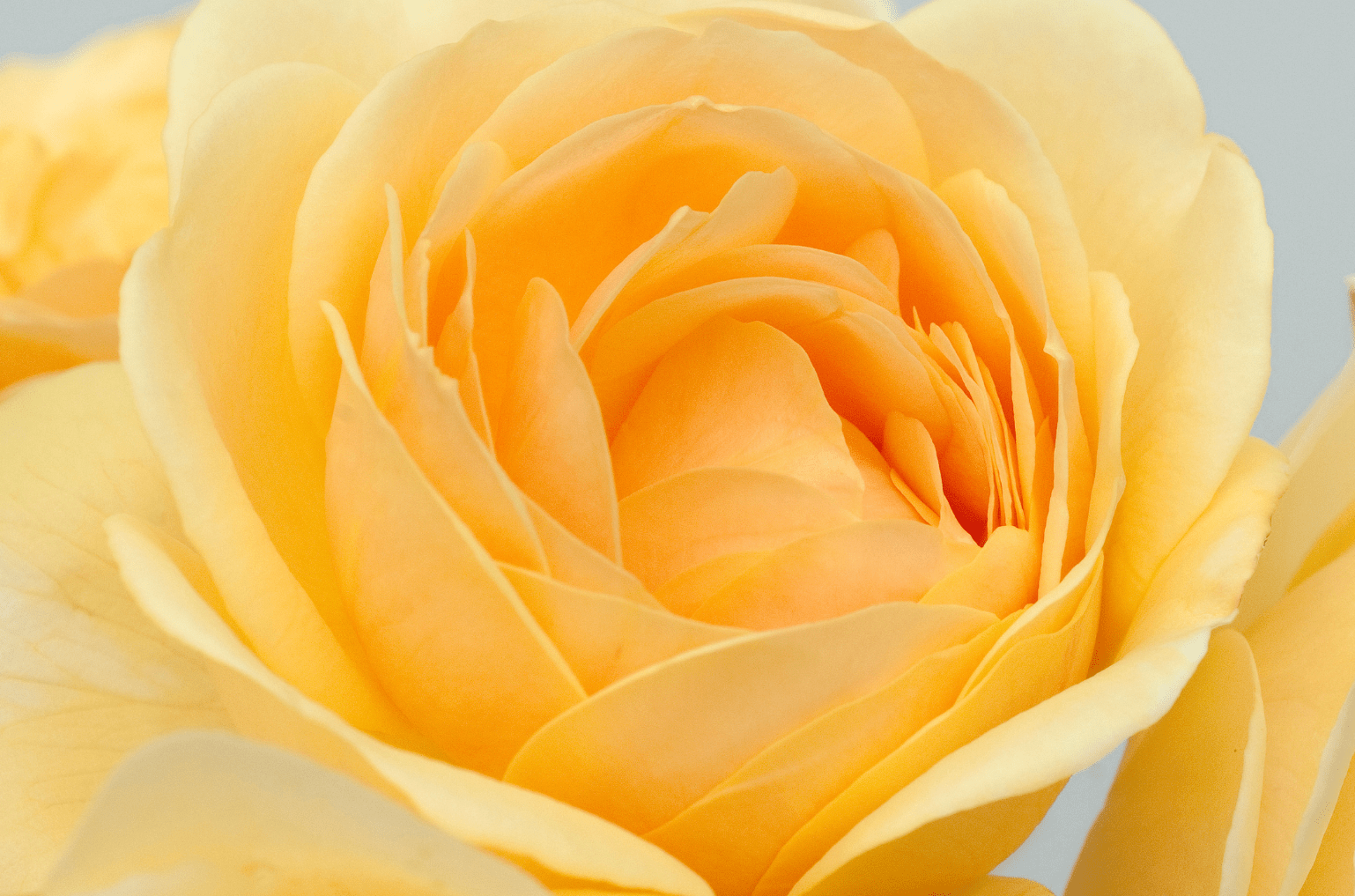This post may contain affiliate links. As an Amazon Associate we earn from qualifying purchases.
Getting a rose bush to bloom doesn’t take a degree in horticulture. Keep reading to find out what the pros do to get theirs going.
To the non-grower, roses are a bit of a mystery. The broad misconception is that they’re hard to grow. Nothing could be further from the truth.
Sure, you’ll need to pamper them more if your aim is to produce show-worthy roses. But the average backyard gardener who wants a lovely rose garden should purchase a good book on rose care and then dive right in.
We highly recommend Growing Good Roses by Rayford Clayton Reddell and available at Amazon.com and Year of Roses by Stephen Scanniello, also available at Amazon.
Now, onto the topic at hand: how to get a rose bush to bloom during the season. We’ve had several emails over the past year about this topic, so read on if you’re curious as to why your rose isn’t blooming and how to get it moving.
Why do roses stop blooming?
As with all plants, there are a number of reasons a re-blooming rose fails to produce blooms. The first question I always ask when presented with the dilemma is “What type of rose are you growing?”
This is because some roses, such as Lady Banks (Rosa banksiae), the climbing wild rose, Rosa setigera and most rambling roses only bloom once a year.
Folks in the American Southwest know well that extreme heat will cause roses to cease blooming. They go into heat dormancy when the sun is baking hot, and producing blooms isn’t on the agenda.
Once it’s determined that a rose should be blooming more than once, and that it’s not the heat that troubles your rosebush, we’ll get to work trying to figure out what is.
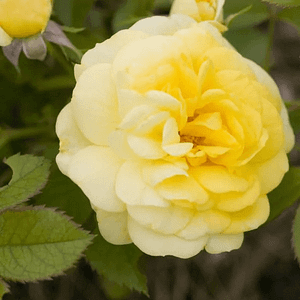
Are you growing the rose in the right spot?
Roses thrive in lots of sunshine. In fact, many, such as the hybrid teas, need 6 to 8 hours a day to produce blooms. That said, don’t let a lack of the oft-touted “6 to 8 hours of sunlight” keep you from growing roses.
“It is possible to have a beautiful rose garden in partial shade,” according to an unnamed writer at the American Rose Society’s website. “Blooms have richer color and fade at slower rates than those receiving more direct sun-light,” they conclude. If this interests you, the writer names some of the roses growing in partial shade in her garden. Check it out at Rose.org.
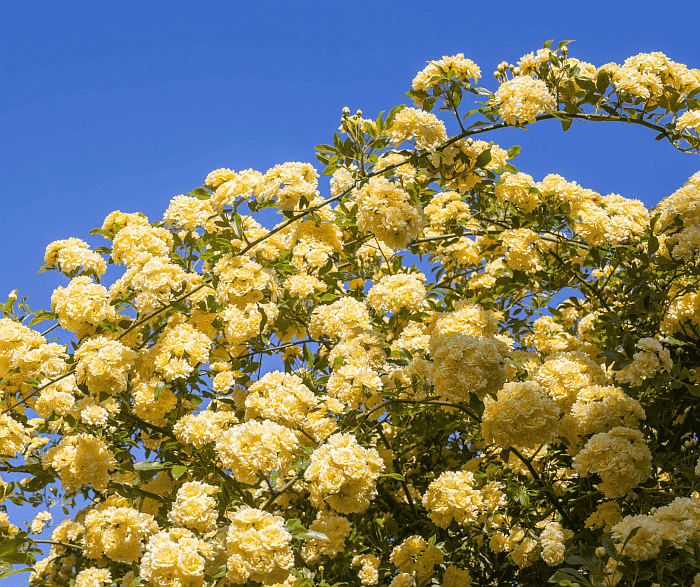
Are you growing the right rose?
It all boils down to, again, which roses you are growing. Some, such as the aforementioned Lady Banks and the extremely fragrant ‘Alchymist,’ are once-blooming, meaning they bloom only once a year. Is it possible your rose isn’t blooming because it’s a once-bloomer?

When was the last time you pruned your rose?
Amateurs offering advice on various gardening websites and social media, typically don’t mention the importance of pruning a rose. They’ll tell you it’s not blooming because it needs more/less water, fertilizer and more, but not one word about pruning.
Pruning your rose not only makes it look better, but it helps it remain healthy by preventing certain diseases and it encourages it to flower.
In summer, it’s important to deadhead the rose if you want to encourage it to rebloom. This involves cutting off dead flowers as soon as possible after they fade.
Always make deadheading cuts at a 45-degree angle, just above an outward-facing 5-leaf cluster (these are mature leaves).
Dormant pruning is extremely important, and it’s a big topic, so check back soon to read all about it. In the meantime, learn how to prune Knock Out® rose shrubs here.
Then, fertilize to make roses bloom
Ok, so you are growing your rose in full sun and you’re positive it’s a repeat-bloomer. You’ve deadheaded consistently and pruned the rosebush.
How about fertilizer? Is the plant getting the nutrients it needs to produce roses?
If you’re one of those rose growers who fertilizes by the calendar, it’s time to rethink your strategy. Roses don’t use calendars. Soil doesn’t either.
Do you know what the soil needs right now? Is it low in potassium? Phosphorous? Calcium? The rose world is full of love for epsom salt, but is your soil magnesium deficient? And, no, it’s not ok to just throw that stuff into the soil without knowing if the soil needs it.
In fact, it could be dangerous for the plant. Epsom salt is magnesium sulfate. Magnesium competes with calcium. What may happen is that your rose will become deficient in calcium.
Since none of us can tell what our soil needs by merely looking, maybe it’s time for you to invest in a soil test. If you want your rose to bloom, it is imperative to test the soil.
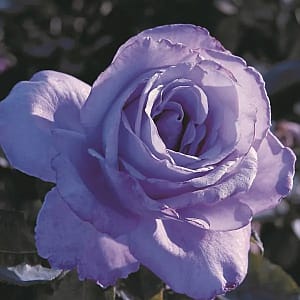
Many cooperative extensions offer soil testing. Unfortunately some don’t. Find your local office with our Cooperative Extension Directory.
If yours doesn’t offer soil testing, consider purchasing a home kit. While most likely not as reliable as the ones the professionals use, it will give you an idea of what is missing from the soil. See the Resources section at the end of this article for where to shop.
Once you know what the soil needs, you can shop strategically for fertilizer. Let’s take a look at a few things you shouldn’t add to the soil because you “read somewhere that it’s good for roses.”
- Epsom salt: “There is no published, scientific research on Epsom salts effects upon roses. The origin of these ‘research-based’ recommendations is unclear.” Linda Chalker-Scott, Ph.D., Washington State University Extension Service.
- Bone meal: “Phosphorus, from bone meal or other sources, does not stimulate plant growth or promote flowering; it is only a mineral, not a plant growth regulator. High concentrations of phosphorus …” and calcium can be a problem. Nanette Londeree, Master Rosarian with the Marin Rose Society.
- Bananas in the soil: Another myth. There are many foods with more potassium than banana peels. Baked white potatoes with the skin on, for instance, have three times the potassium as a banana. A banana peel, by the way, can take up to two years to decompose in the soil, and they must decompose to provide the rose with any nutrients.
A nice treat for the rose would be alfalfa. It’s low in NPK but high in protein and minerals. “It contains triaconatol, a naturally occurring fatty alcohol that is a growth stimulant,” according to Londeree.
This fatty alcohol can also trigger the ever-coveted basal break and it promotes bloom production, she concludes. We like alfalfa as an organic soil conditioner. There’s a lot to love about this stuff. Check out the Resources section at the end of the post for where to buy alfalfa for the garden.
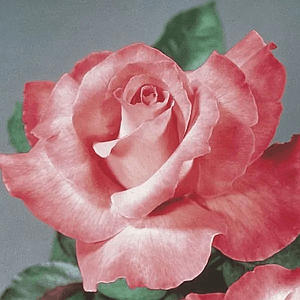
What is your watering schedule for your rose?
Supply the rose with plenty of water during the growing season. Drip irrigation is ideal, but hand water if you must. While it’s easy to toss out an amount of water (I’ve seen “2 inches” and “4 to 5 gallons” mentioned frequently), the soil, weather and other factors impact when and how much to water.
I recommend you read this article from the American Rose Society if you have questions on watering your rose. Then, consider purchasing a soil sampler probe. You’ll end up using it throughout the garden, not just on your roses, so it’s worth it to purchase one. It’s one of the best ways to determine if the soil needs water.
How to get a rose bush to bloom?
In a nutshell:
- Deadhead consistently while it’s in bloom
- Prune your roses
- Fertilize
- Water consistently
Before you know it, your rose will re-bloom in all its glory.
